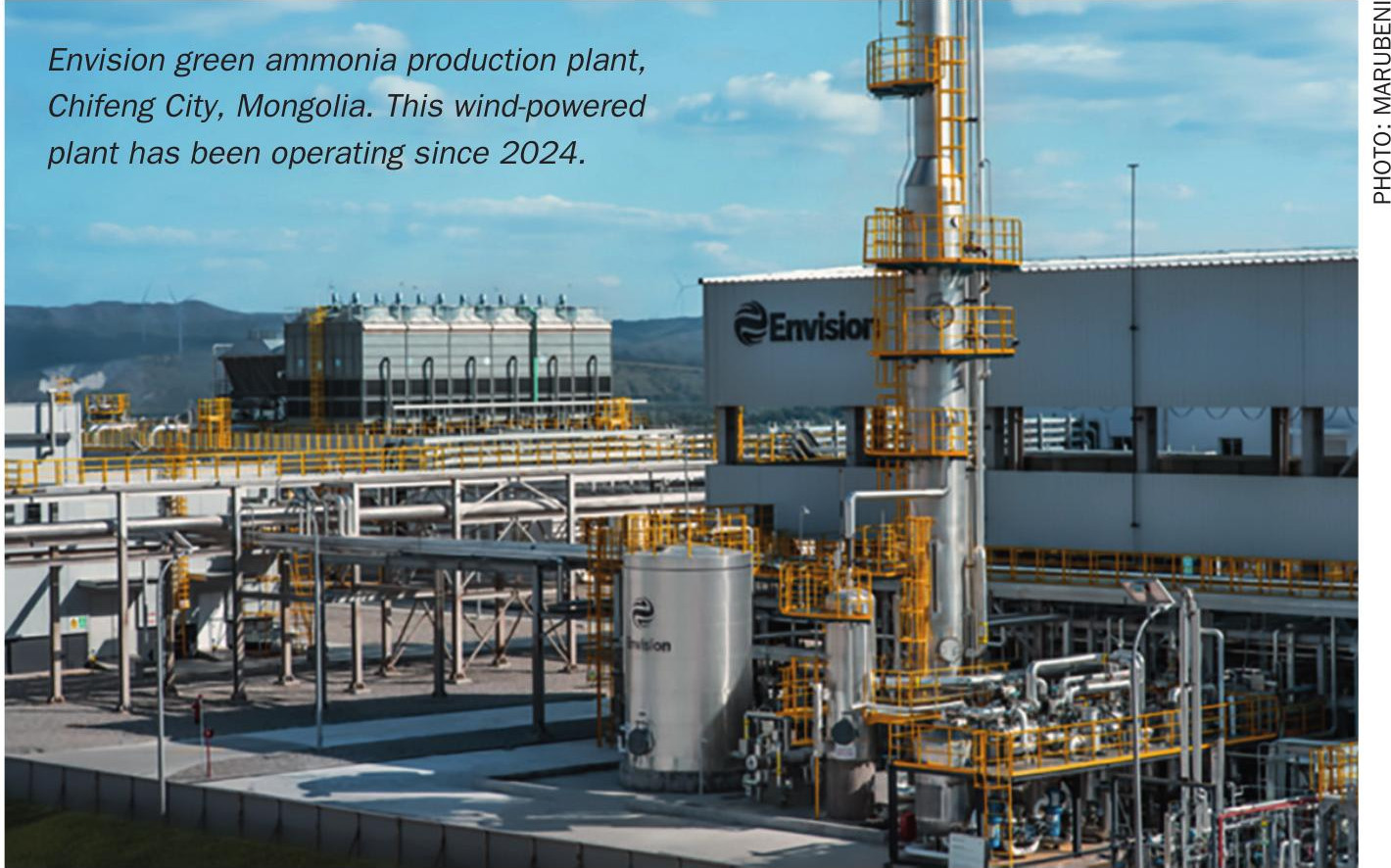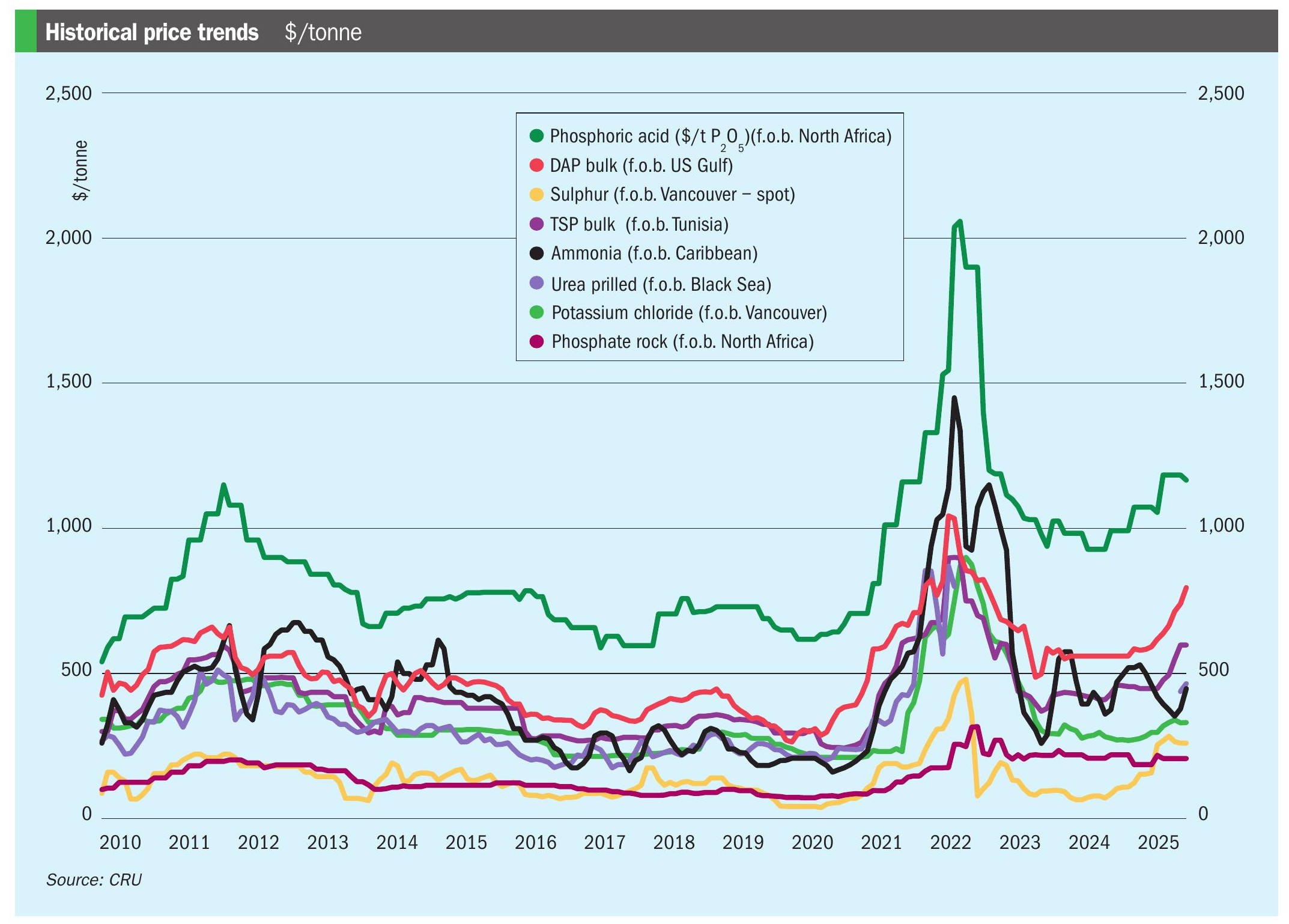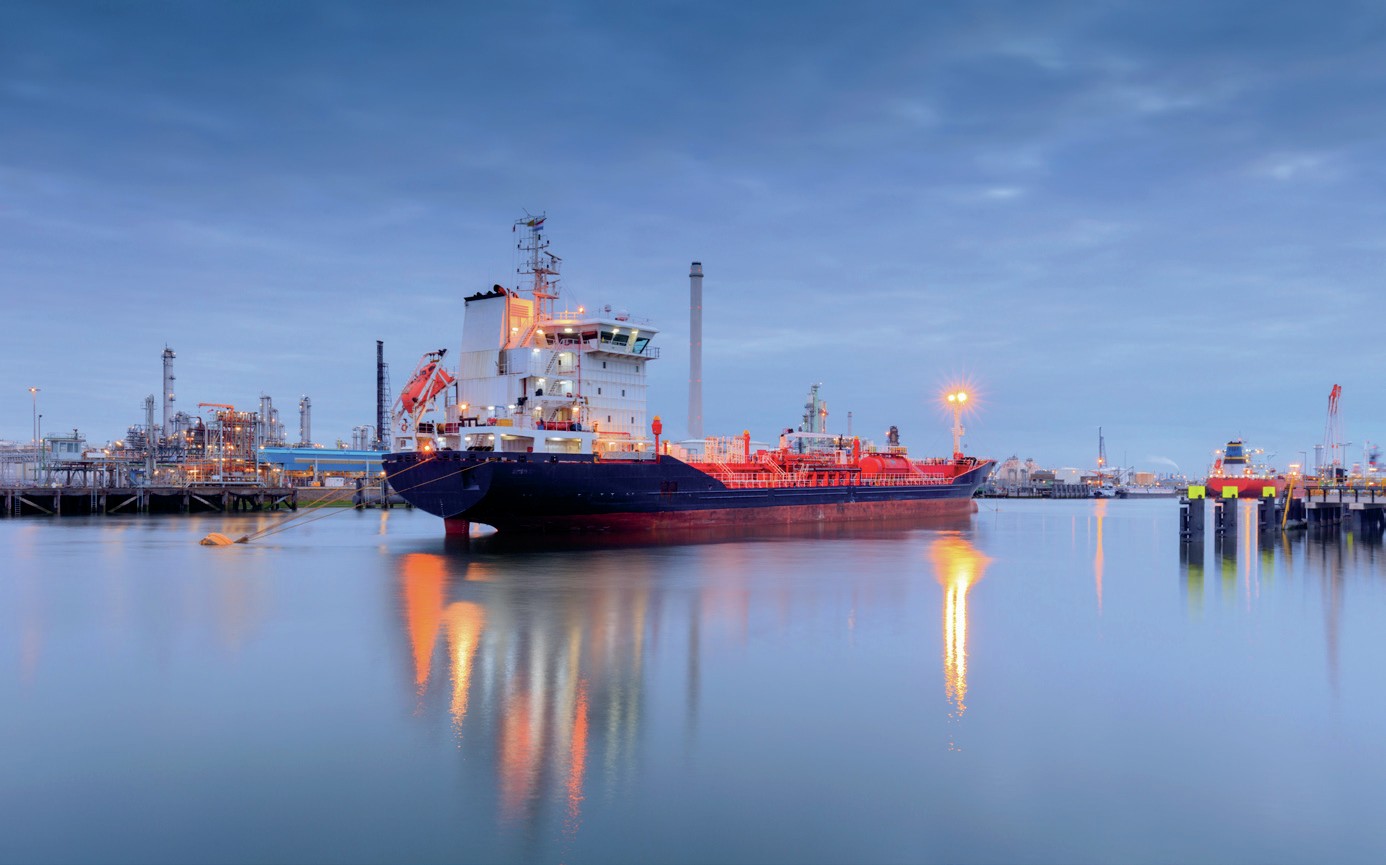Fertilizer International 522 Sept-Oct 2024

30 September 2024
FERTIBERIA PIONEERS EUROPE’S GREEN AMMONIA MARKET

Fertiberia’s Puertollano green hydrogen plant was officially inaugurated by Spain’s King Felipe VI in May 2023. The 20MW capacity unit will produce up to 3,000 tonnes of renewable hydrogen annually.
Industrial scale-green ammonia manufacture
The new plant incorporates one of the world’s largest water electrolysis systems and is powered using renewable electricity from an integrated 100MW photovoltaic solar array. The plant, previously the largest of its type in Europe, will supply the company’s nearby fertilizer complex, enabling Fertiberia to produce green ammonia at Puertollano, using green hydrogen instead of natural gas.
This major project was successfully developed in partnership with the Spanish electrical utility Iberdrola. It forms the centrepiece of Fertiberia’s net zero strategy and the company’s ambitions to become carbon-neutral by 2035. With Puertollano’s inauguration, Fertiberia became the world’s first major crop nutrient company to begin carbon-free ammonia and fertilizer production on an industrial scale.
Javier Goñi, Fertiberia’s CEO, said the company’s investment in Puertollano marked the first step towards pioneering the green ammonia market in Europe. “The milestone … makes us the first company in the world to manufacture green ammonia and CO2 -free crop nutrition solutions on an industrial scale. The project is unique in the sector due to its sheer size,” he said.
thyssenkrupp Uhde to decarbonise Puertollano
Fertiberia has also commissioned thyssenkrupp Uhde to modify and reduce the carbon footprint of its conventional ammonia plant at Puertollano. A revamp project will partially convert production at the existing Puertollano plant from grey to green ammonia by injecting green hydrogen to partly replace the natural gas currently consumed (Fertilizer International 520, p10).
The green hydrogen required will come from a new 50MW water electrolysis unit running on renewable energy. Its injection to replace natural gas should reduce the ammonia plant’s CO2 emissions by up to 40 percent.






